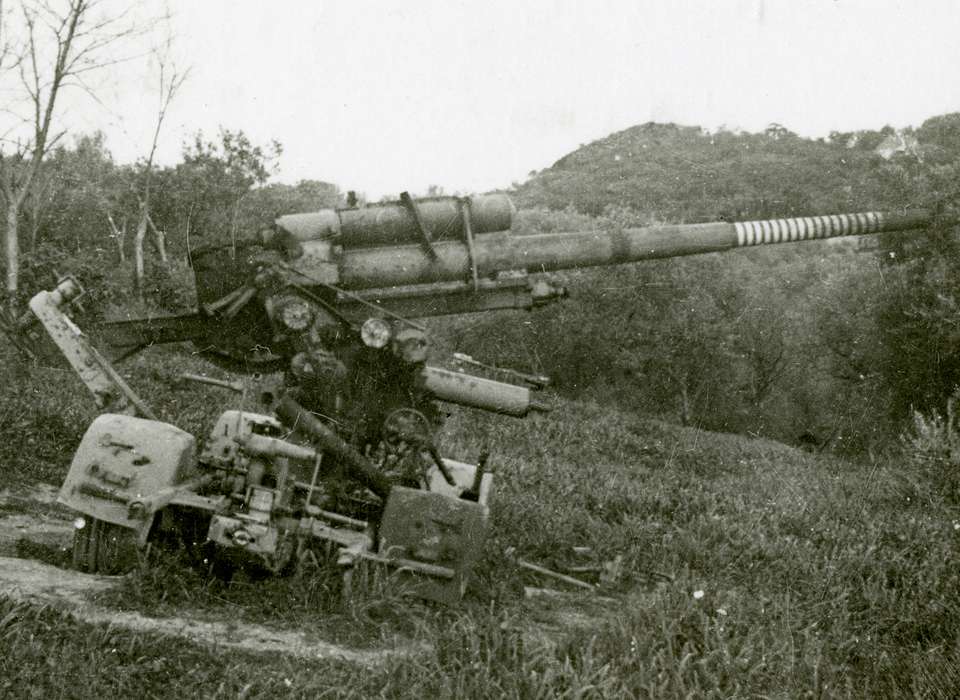- Reaction score
- 9,567
- Points
- 1,160
The main reason I said AD - was ATGM's can be done easily when the immediate need jumps up to bite like a snake -- AD take a lot more time and effort to get right - and requires JOINT integration to do properly -- ATGM are an Army only issue - unless the AirForce it putting some on an Attack Helicopter - oh wait...
I see China as the main deference need at this point. SO my main focuses would be Navy #1, I say that as it pains me as an Army centric guy - but the best bang for the buck comes in Sea Power at this point - then a Joint Expeditionary Capability.
Maybe I'll call it the JERC - Joint Expeditionary/Reactionary Capability.
That requires a Joint Approach - as the Army can't do anything if it can't get there and be supported, and the Air Force can't do anything if it can't get there and be supported.
Really only there Navy has a solo role - but also a supporting role to ferry the Joint Forces, and provide support.
I can agree with everything you said there. I just can't see anything being done to make the CAF battle-ready for the Pacific before 2025.
With the exception of continuing the current policy of attaching Halifax frigates to American (or is that AUKUS?) battle groups.
And frankly I don't expect to be seeing reports of Canadians fighting Chinese tanks any time soon. Now, Russian tanks in Latvia? Different story.
And ATGMs in the hands of infanteers would be quick and good and relatively cheap. If we're serious about supporting the Eastern Europeans with tanks and LAVs then we should start shipping them soon - with lots of ATGMs. And start placing orders now for AD systems, new guns, Long Range Missiles, N-LOS systems and UAVs - with Initial Operating Capacities five years from now - ca 2027.
And our Air Force? Well I wonder how the Aussies would feel about us flying their F-18s in defence of Australia?




